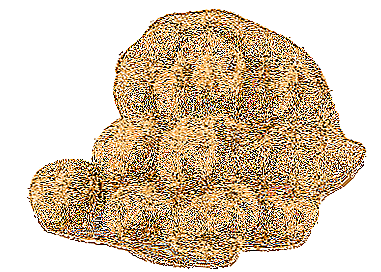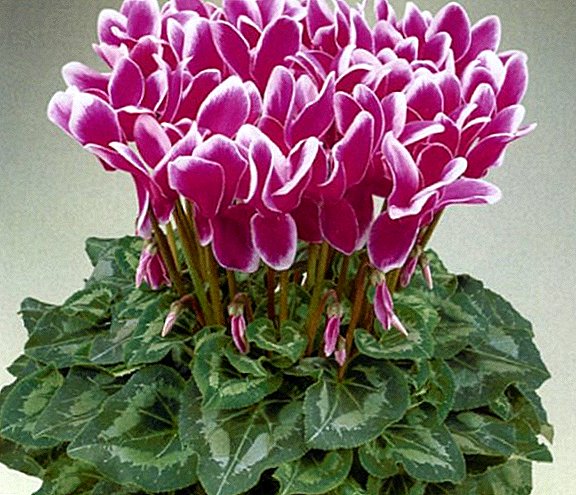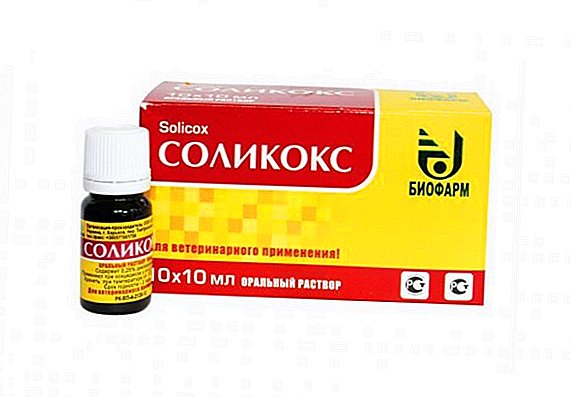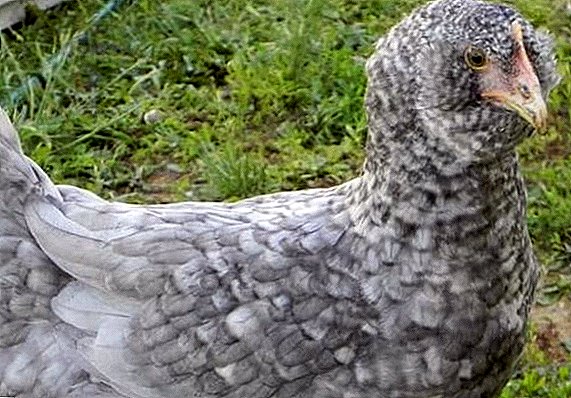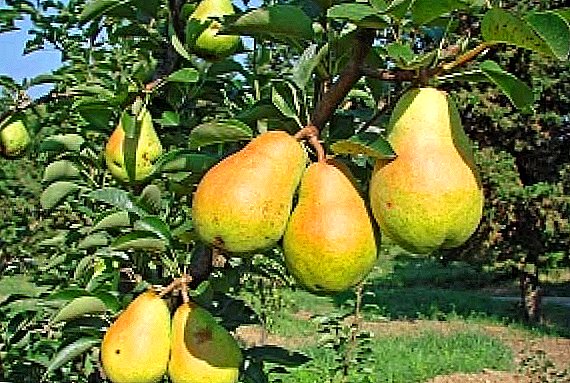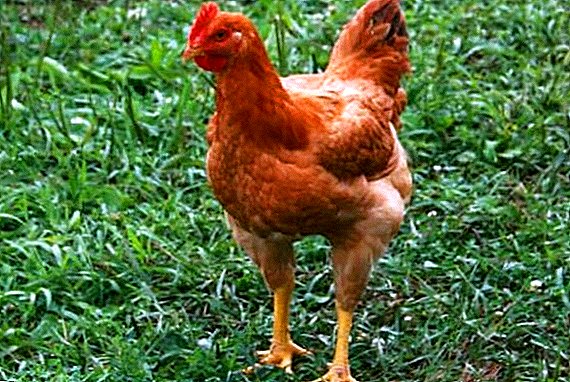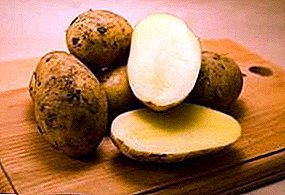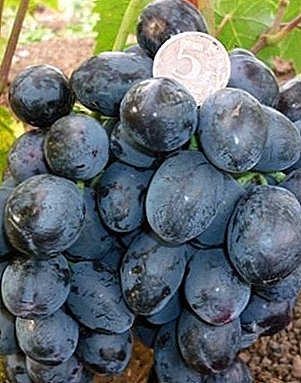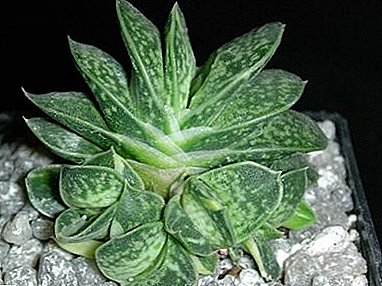
Houseplants always in the house create comfort.
There is a great variety of indoor plants. But not everyone is easy to care for.
Beginners lovers of ornamental plants can be advised. Gasteria.
This is a beautiful plant, with an interesting name. pot-bellied vesselwhich can be given the title of the most unpretentious.
The article describes the flower Gasteria, its species, as well as the care of the plant and the photo.
Plant description
Gasteria - perennial plant, refers to the representatives of succulents. It has fleshy leaflets, pointed or rounded.
Leaves the largest representatives reach a length of 35 cm. This flower grows rather slowly, unpretentious, ideal for an apartment.
 This is due to its origin. The homeland of this flower is South Africa. In the vast expanses of native deserts, there are about 80 species of this flower.
This is due to its origin. The homeland of this flower is South Africa. In the vast expanses of native deserts, there are about 80 species of this flower.
Among the plants settled on the windowsills, you can count about 10 types of Gaster.
Leaves dark, saturated green color. Some are covered with stripes and speckles.
There are leaves with small tubercles along the entire length and having cloves along the edges. The leaves are arranged in two rows, in some species they unfold in a spiral.
Small flowershaving a tubular shape, swollen at the base, resemble a vessel. Petals accrete. They are yellow, red or orange.
This flower is known for absorbing carbon dioxide in the daytime, and at night it produces oxygen.
That is why this flower is placed in the bedroom.
Due to its small size, bright color and beautiful leaves, the flower Gasteria is used in various compositions.. Very beautiful with cacti.
Kinds
- Armstrong's Gaster - perennial plant with an unusual appearance. It has short, thick leaves that do not grow longer than 3 cm.
The maximum can reach a height of 10 cm. The leaves at the ends are rounded and slightly wrinkled. They are located in two rows, forming a fan. Blooms mainly in winter. The flowers are small, have a pink color.
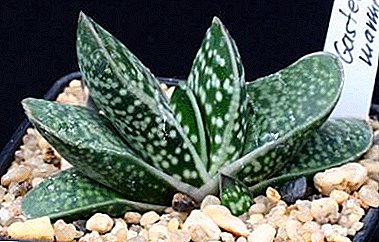 Gasteria soddy - A plant that does not have a stem. The leaves of it are arranged in transverse rows, reaching 15 cm in length and 3 cm in width.
Gasteria soddy - A plant that does not have a stem. The leaves of it are arranged in transverse rows, reaching 15 cm in length and 3 cm in width.They are rich dark green in color, have a convex shape and have greenish-white specks along the entire length. The flowers are small, about 2 cm, have a red or pink color.
- Spotty Gaster has smooth leaves, reaching a length of 22 cm, a width of about 5 cm, dark green in color with elongated spots.
The edges of the leaflet are rough. They are seemingly dense, fleshy, slightly convex. The flower has a short stem, about 30 cm. The flowers are tubular in shape, bloated at the base, red in color with a green border.
- Gasteria whitish does not have a stem. The leaves are rosette. The lower leaves grow to 35 cm in length and 10 cm in width. They are dark, green in color with white patches, have a glossy surface.
The stem with flowers reaches 1 m. The flowers have a slightly bloated form, reach 8 cm in length, rich red color.
- Homer Wart - perennial plant. The leaves are collected in the rosette. They have an elongated shape, reaching 15 cm, dark green in color with small whitish tubercles - warts, giving the sheet roughness.
Inflorescence grows up to 80 cm in height. The flowers grow about 4 cm in length, cylindrical in shape. This species has reddish flowers with a green border.
A photo
Armstrong's Gaster:
Gasteria soddy:
Spotted Gaster:
Gaster is whitish:
Gastria warty:
Home care
In order to properly care for the home in home, you must comply with certain requirements.
Temperature
In summer, it develops well at temperatures up to 25 degrees. But in winter it will be more comfortable to feel at a temperature of about 15 degrees. This period is a phase of relative rest of the flower.
While maintaining high temperatures all year round fraught with lack of flowering. This flower is afraid of drafts. Therefore, during the airing of the room, especially in the winter, you should remove it from the window sill.
Watering and humidity
Does not like abundant watering.
 In the summer you need to water it no more than once a week. In winter can limit watering once a month.
In the summer you need to water it no more than once a week. In winter can limit watering once a month.
But if the room temperature is high, then you need to make sure that the soil does not dry out much.
The flower does not require high humiditysince he is from South Africa. Accordingly, spraying the foliage does not need. This procedure can be carried out occasionally to remove dust from the leaves.
Light mode
Gasteria is a light-loving plant. The most successful placement of this flower on the windows facing east or west.
In the summer months, the flower is taken out into the fresh air, under a canopy, to avoid precipitation. In winter, a light day for a flower should last 16 hours.
Transplant and soil
When transplanting It is worth choosing small pots with a small diameter. The bottom is covered with a layer of drainage. Any garden soil can be used as a substrate, adding a small amount of coarse sand.
You can make a different composition of the substrate:
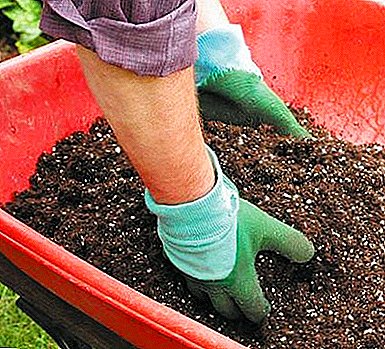 5 parts sheet;
5 parts sheet;- 3 sod land;
- 2 pieces of sand;
- 4 peat.
A small amount of brick chips is added to this mixture. You can also use ready-made soil for cacti. Transplantation should be carried out every two years in the spring.
When planting in a new pot, the flower is taken out of the old with all the land. In diameter, the new pot should be slightly larger than the old one.
Top dressing
For fertilizing the soil, it is necessary to use compositions intended for cacti.. The only thing you need to watch out for is the dosage that needs to be halved.
Fertilizers need to be applied during the summer months. In the remaining months of the year, the flower does not need any additional feeding.
Bloom
Gaster starts to bloom in May-June.
Sometimes, in place of flowers, fruits appear. But the flower will never bloom if it stands on the windows facing north.
Breeding
Most convenient reproduction is the separation of daughter outlets or rooting cuttings. The cutting or rosette is first dried, then planted in the ground.
You can also try to grow from fruits grown on the site of flowers. Seeds are sown on wet ground and covered with foil.
Periodically need to ventilate and spray the ground. It takes a long time for seed to germinate, so be patient.
After germination, the seedlings dive and transplant in a suitable pot.
Diseases and pests
Special problems in the cultivation does not arise.
Also, when marshy soil suffers foliage. It becomes soft, lethargic and pale. And in the summer, due to the drying out of the soil, brown specks appear on the leaves.
 When these signs of disease appear, all infected areas should be removed, powdered with crushed charcoal and transplanted into a pot with a new substrate.
When these signs of disease appear, all infected areas should be removed, powdered with crushed charcoal and transplanted into a pot with a new substrate.
Of the pests can attack the flower aphid, mealybug, scytvik or mite. Mealybug can not be removed. Therefore, the plants need to get rid of.
The shield can be removed with an alcohol solution, treating the affected areas. It is prepared in the ratio of alcohol with water 1: 2. The leaves, which struck the spider mite, must be removed.
If you follow all the simple rules of care behind this beautiful flower with the name Gasteria, he will delight you with beautiful leaves and delicate flowers all year round.


 Gasteria soddy - A plant that does not have a stem. The leaves of it are arranged in transverse rows, reaching 15 cm in length and 3 cm in width.
Gasteria soddy - A plant that does not have a stem. The leaves of it are arranged in transverse rows, reaching 15 cm in length and 3 cm in width. 5 parts sheet;
5 parts sheet;